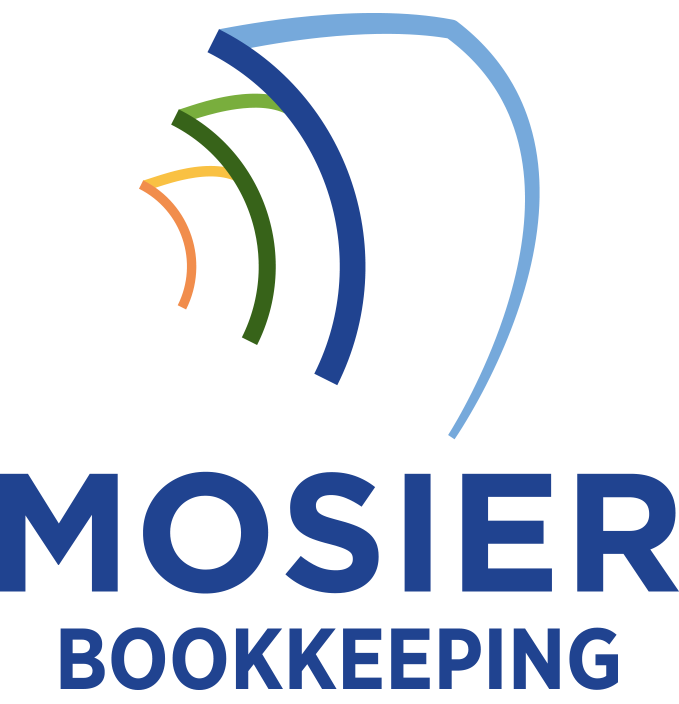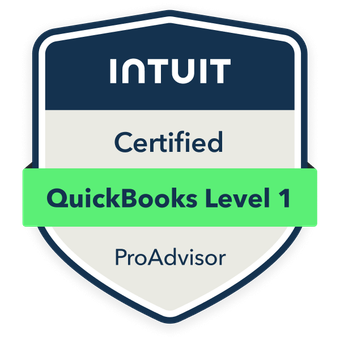I’ve found that detailed bookkeeping of employee training costs delivers multiple financial advantages. By meticulously tracking expenses, you’ll optimize budget allocation, maximize tax benefits, and measure performance improvements against investments. You can analyze ROI across programs, justify future expenditures, and maintain compliance documentation. This systematic approach enables data-driven decisions about training initiatives and builds stakeholder trust. The all-encompassing benefits of this practice extend far beyond basic expense tracking.
Better Budget Planning and Resource Allocation

Anyone responsible for managing employee training costs knows that effective budget planning and resource allocation form the foundation of a successful learning and development program. I’ve found that meticulous bookkeeping enables me to analyze historical spending patterns, identify cost-intensive areas, and forecast future training needs with precision. By tracking every expense category—from instructional materials to facilitator fees—I can optimize resource distribution and eliminate inefficiencies. This data-driven approach allows me to make strategic decisions about which training initiatives deliver the highest ROI and where to reallocate funds for maximum impact on organizational performance.
Enhanced ROI Analysis for Training Programs
I’ve found that measuring training impact requires analyzing both direct performance metrics and indirect benefits like improved employee retention. By tracking specific program costs against quantifiable results, I can compare the effectiveness of different training initiatives and identify which deliver the highest returns. My systematic approach to matching investments with outcomes helps me optimize the training budget and justify future program expenditures to stakeholders.
Measure Training Impact Accurately
Three key metrics form the foundation of measuring training impact accurately: learning retention rates, performance improvements, and financial returns. I’ll show you how to track these metrics to maximize your training ROI.
I measure retention rates through post-training assessments at 30, 60, and 90-day intervals, capturing both knowledge retention and skill application. For performance improvements, I analyze productivity data, quality metrics, and supervisor evaluations before and after training. To calculate financial returns, I compare the training costs against increased revenue, reduced errors, and improved efficiency. This data-driven approach guarantees I can quantify the true value of every training dollar invested.
Compare Program Cost Effectiveness
Building on our measurement framework, let’s examine how different training programs stack up against each other financially. I’ll show you how to compare your programs’ ROI by analyzing cost per employee, skill acquisition rates, and productivity gains. I calculate the total investment divided by measurable outcomes to determine which programs deliver ideal value.
I’ve found that tracking both direct costs (materials, instructors) and indirect costs (employee time, facilities) reveals the true program expenses. By comparing these against performance metrics like certification rates or error reduction, I can identify which training methods maximize your budget and drive the strongest business results.
Track Investment Vs Results
The systematic tracking of training investments against measurable outcomes forms the foundation of enhanced ROI analysis. I’ve found that linking specific costs to concrete performance metrics reveals your program’s true value. By monitoring pre- and post-training productivity indicators, I can quantify improvements in employee output, quality metrics, and revenue generation.
I recommend creating detailed cost-benefit matrices that capture both direct expenses and indirect gains. This enables me to calculate precise ROI figures and identify which training initiatives deliver ideal, perfect, or most favorable returns. Through this data-driven approach, I strengthen my position when advocating for strategic training investments and demonstrate measurable business impact to stakeholders.
Tax Benefits and Compliance Documentation

Proper documentation of employee training expenses can yield significant tax advantages while guaranteeing compliance with IRS regulations. I maintain detailed records of training costs as business deductions, including receipts, invoices, and attendance records. I’ll help you maximize tax benefits through careful tracking of instructor fees, materials, venue rentals, and travel expenses.
I ascertain you’re prepared for potential audits by documenting the business purpose of each training activity and its direct connection to employee development. This systematic approach protects your interests while allowing you to leverage Section 162 tax deductions for necessary business expenses related to workforce education.
Performance Measurement and Cost-Effectiveness
I recommend tracking your training ROI through multiple fiscal periods to establish meaningful performance trends and cost patterns. To determine if your training investments are justified, I’ll help you compare actual employee performance improvements against your original training goals and expenditures. You’ll need to systematically assess productivity gains, error reduction rates, and skill advancement metrics to accurately measure the financial impact of your training programs.
ROI Analysis Over Time
Measuring return on investment (ROI) for employee training requires systematic tracking over extended periods to evaluate cost-effectiveness and performance gains. I’ll show you how to analyze ROI trends through careful bookkeeping that captures both immediate and long-term impacts.
I track key performance indicators monthly, comparing pre-training baselines against post-training metrics. My system calculates both hard returns (quantifiable productivity increases, reduced errors) and soft returns (improved employee satisfaction, reduced turnover). By maintaining detailed financial records, I can demonstrate the cumulative value of training investments across quarters and years, empowering you to make data-driven decisions about future training allocations.
Training Goals Vs Costs
While establishing training programs requires upfront investment, effective cost tracking must align directly with defined performance goals and expected outcomes. I guarantee maximum return by evaluating training costs against measurable objectives through these key metrics:
- Cost per employee vs. documented skill improvement
- Training hours invested vs. productivity gains
- Program expenses vs. error reduction rates
- Development costs vs. employee retention impact
I track these metrics meticulously to justify expenditures and optimize resource allocation. By maintaining detailed records of both costs and performance indicators, I’m equipped to make data-driven decisions about future training investments while demonstrating clear value to stakeholders.
Performance Impact Assessment
Every successful training program requires rigorous performance impact assessment to validate its cost-effectiveness. I’ll show you how to measure training ROI through key performance metrics that directly tie to your bottom line.
| Metric Type | Performance Indicator |
|---|---|
| Productivity | Units/Hour Output |
| Quality | Error Rate Reduction |
| Revenue | Sales Performance |
| Efficiency | Time-to-Complete |
| Cost Savings | Resource Utilization |
Strategic Decision Making for Future Training Investments

Since accurate training cost data drives strategic planning, businesses must systematically analyze their ROI metrics before committing to future employee development programs. I’ve found that leveraging detailed cost tracking empowers you to make data-driven decisions about training investments.
Your strategic analysis should prioritize:
- Cost-per-employee ratios across different training methods
- Revenue impact metrics from previously implemented programs
- Skills gap analysis correlated with productivity improvements
- Competitive benchmarking data against industry standards
Financial Transparency and Stakeholder Reporting
Most successful training initiatives depend on transparent financial reporting to key stakeholders. I’ve found that detailed bookkeeping allows me to create exhaustive reports that demonstrate ROI to board members, executives, and investors. I track every training expense meticulously, from instructor fees to materials, and translate this data into clear financial narratives. When I present these numbers alongside performance metrics, I’m able to justify training budgets and secure future funding. My systematic approach to financial transparency builds trust with shareholders while giving me leverage to expand training programs that drive organizational growth.








